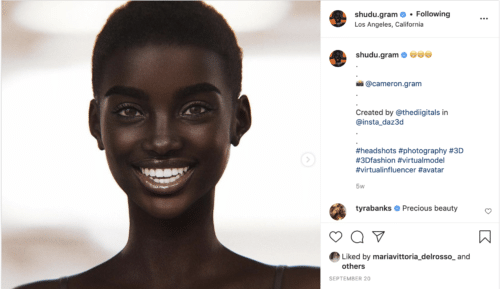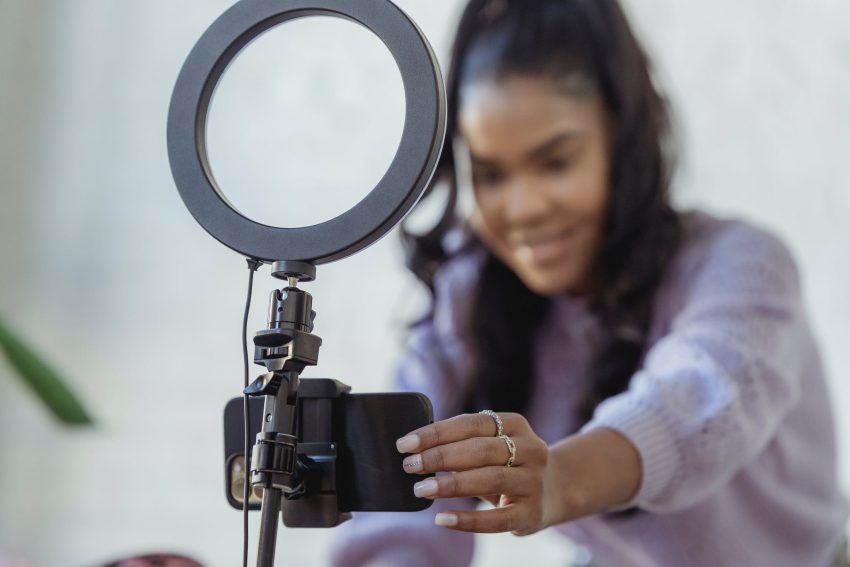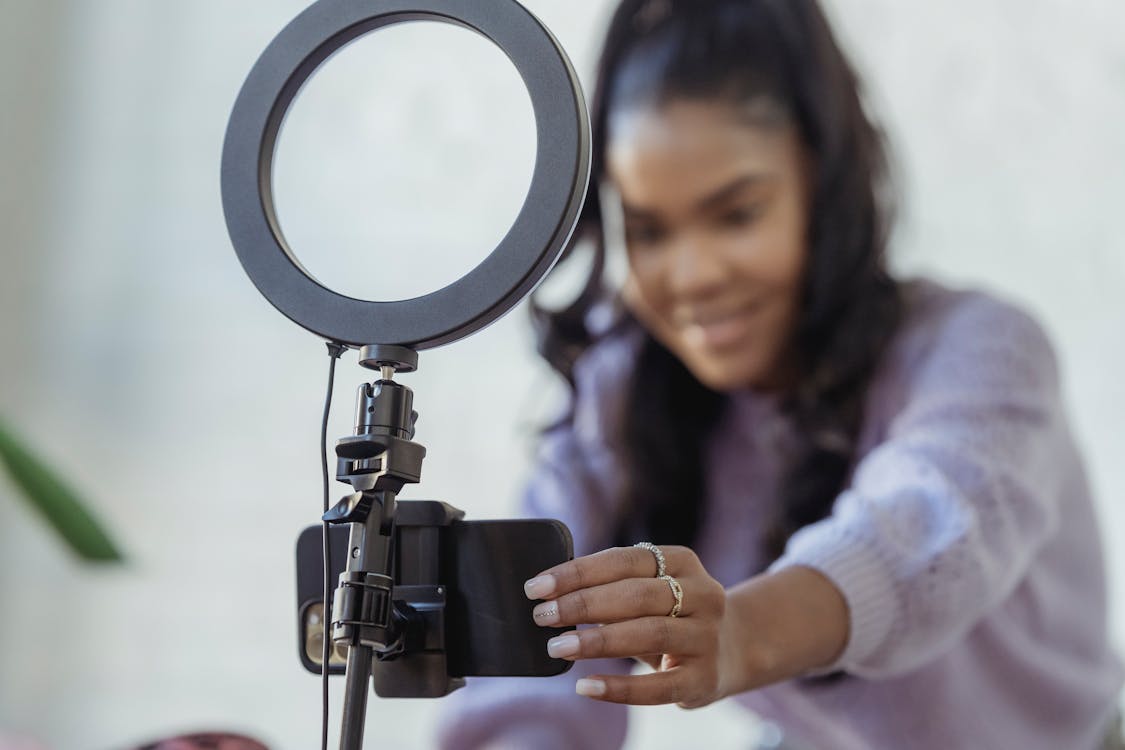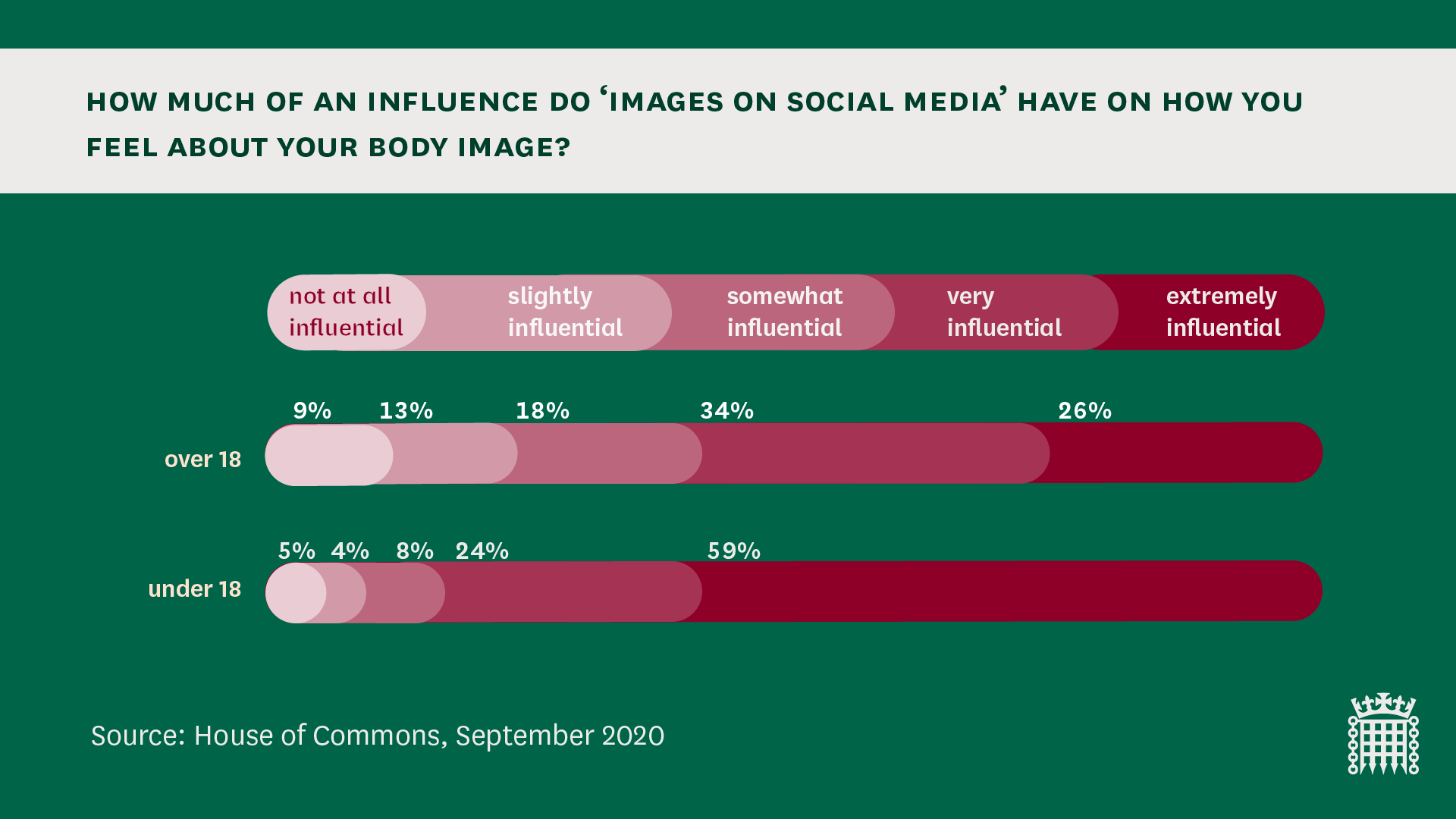Slowly but surely we are living in a world where the real and the unreal is becoming so blurred you cannot easily draw the line. The idea of a fake influencer who is not real; being able to influence your child might sound like such an absurd question right?
However, the reality is that it is not that far fetched. And perhaps even more surprising than computer-generated imagery (CGI) influencers’ persuasive power is how well they blend among real humans. According to a study, 42 per cent of Gen Z and millennials have followed an influencer they didn’t realize was CGI.
Parents are being encouraged to have a conversation with their kids about ‘picture perfect’ virtual influencers and the risks they may pose to their wellbeing including online manipulation. A study carried out by researchers at Toyohashi University of Technology showed humans are able to empathise with robots in a similar way to how they do with humans.
CGI Instagram and YouTube stars developed by AI tech companies are on the rise which is becoming increasingly popular amongst young people and children.
What Parents Need to Know about the Fake Influencer
New research has found that two-thirds of parents (65%) have concerns that the lives portrayed in online vlogs; give children unrealistic expectations about real life. On the other hand, 69% of parents admit that they find it difficult to know whether certain vlogs or vloggers are suitable for their children.
Organisations and companies create virtual influencer accounts in a bid to cash in on social media and awareness of their brands. Here are some AI Influencers.
The computer-generated aspirational images posted by the virtual influencers, often include portrayals of the perfect body or lifestyle that are unattainable. Share on X
Below are Tips to Reduce the Effects an Influencer has on your child
Children need to be protected from the digital manipulation of virtual influencers across the top online platforms.
What to do on Instagram to spot Fake Influencers
- Check out bio
Encourage your child to look at the influencers’ Instagram bio, many of these virtual influencer accounts state that they are in fact ‘robots’ in their bio. - Look beyond the ‘blue tick’
Let your child know that just because they have a ‘blue tick’ signifying they’re verified by Instagram as a personality, it does not mean they are real. Advise them to read their description. - Check if images are real
Scroll through the images on the account to get a better view of what’s real and what’s not. Once you view more than one photo; the fact that they are CGI-generated will become clearer. This can be both through appearance but also their robot-themed captions and hashtags. - Explain why brands use AI accounts
Inform your child that these accounts have been created by a team of people to be used by brands. Discuss with them the purpose of these influencers and how and why they exist. Many of them exist for the purposes of making sales and selling products. For example, shudu.gram is a digital supermodel; though she looks real and beautiful, she is not a real person.

How to Spot Fake Influencers on YouTube
- Discuss what to watch out for
For video, it’s much easier to identify fake influencers. But it is still important to talk to your child about who they are and highlight the fake nature of the content. - Encourage your child to be critical of what they see
Sometimes these videos may include a real and fake influencer. Encourage your child to look closely at the people in the video. The more attuned they are to it, the more literate they will be about the content they consume online.
The goal of raising responsible digital citizens is to empower them to make the right decisions about what they see and read online. Share on X
- Make sure they know to ask if they are unsure
Let your child know they can always come to you if they are unsure. It is better for them to ask you and confirm whether or not the influencer featured is a real person or not. - Talk about who’s in control of these ‘digital influencers’
Remind your child that they are not interacting with one person but with a whole team of people. It takes a lot of people to create this content. Therefore it is important for them to think critically about the origin of the video. In addition to this, they should think about what it’s trying to convey. For example, brand-led content trying to sell products.
What to do on Facebook to spot a Fake Influencer
- Help them understand the difference between official and unofficial fan pages
Speak to your child about the existence of fan page Facebook pages. And let them know that there is a mixture of both official and unofficial fan pages and accounts. - Encourage children to check out who someone is before accepting the request
Ensure that your child doesn’t accept any requests from accounts they don’t know. - Discuss if they actively follow digital influencers
Speak to your child about who they are friends with. Also, make sure if they are following any digital influencers, they can explain why. Following this, encourage conversation, and ensure that they understand the need to pause before they believe everything they see online. - Encourage them to be mindful of the intentions of those running fan pages
If your child is a member of any virtual influencer fan pages, do remind them that it could be run by anyone. - Agree on digital boundaries and who to interact
Set boundaries on which social media apps they can use. And make sure they check with you before downloading any new ones.
Some Countries Take a Stand Against Influencers
A law that was introduced as part of a bill from Norway’s Ministry of Children and Family Affairs, will ensure that adverts and social media posts that manipulate the appearance of a person’s body are clearly marked.
According to this law, any influencer making money from their posts will be required to label retouched posts.
This law will also affect any companies advertising on social media that alter their posts. Any alteration to enhance their advertising and marketing campaigns will fall under this law. It is aimed at tackling content which ‘plays on social insecurity, bad conscience, low self-esteem or contributes to body pressure.’
In England, NHS studies have shown that 57% of young men felt pressured by social media to look good, and 23% believed there to be a ‘perfect male body.’ The reality is that there is an increase in body image issues stemming from the slew of retouched and filtered images online and on social media.
According to the UK Parliament; there are some key results from the survey that show the direction of body image issues. These include that the lockdown made people feel worse about their body image. Under 18s want to learn about body image in school. Additionally, it showed that people don’t feel reflected in the images they see in media and advertising. Lastly, the survey reported that images on social media have a big influence on young people and that people want a change.
It is important to note that the line between the virtual and real-world will continue to be comingled. It is no more about either-or, but rather about how to balance our physical and virtual life in a responsible way.
Other articles you might enjoy; Research shows Children Influence How they are raised




